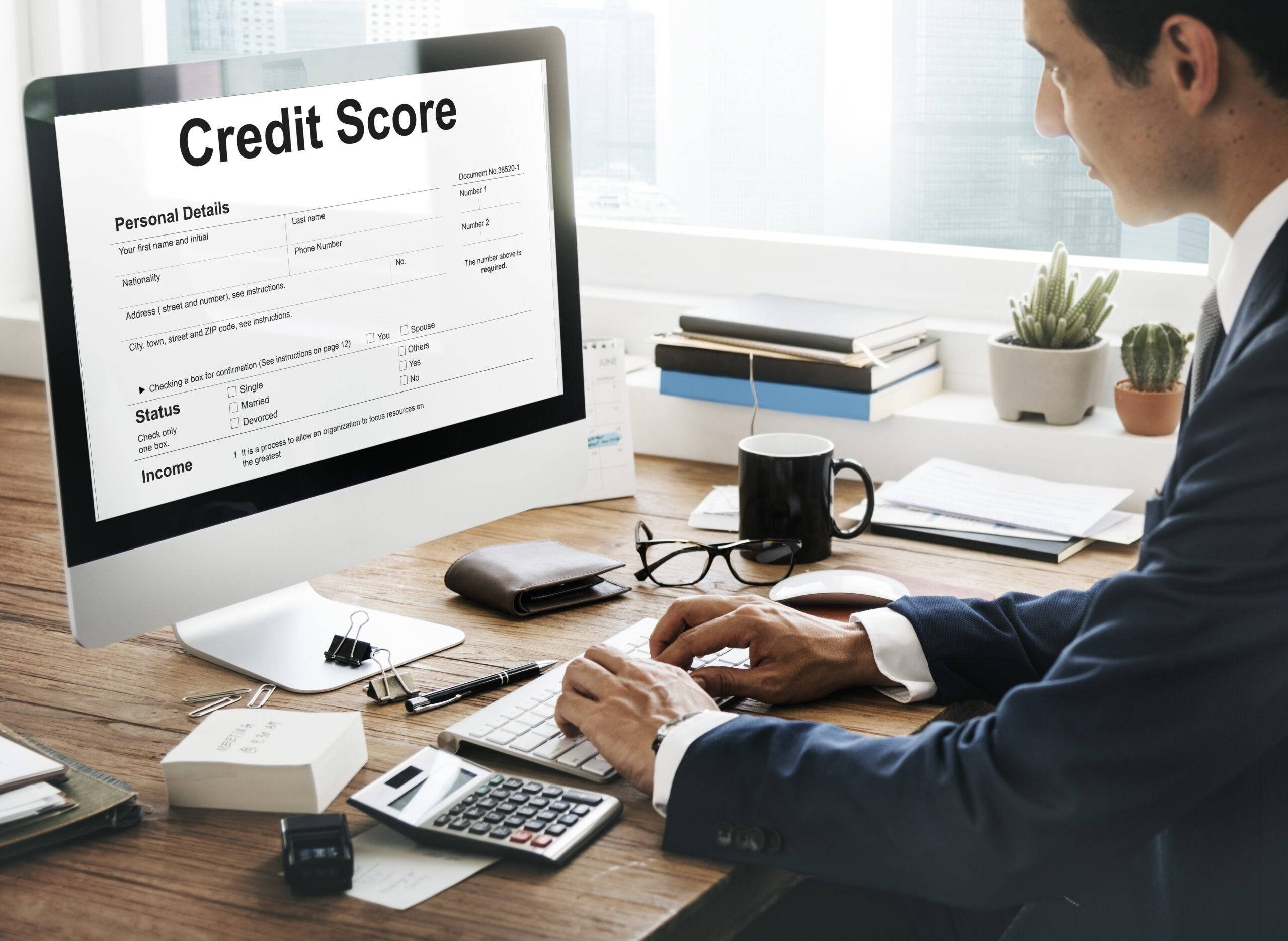
Introduction
Traceloans are a type of financial product designed to provide individuals and businesses with access to funds based on specific eligibility criteria. They have become increasingly relevant in the financial industry due to their flexible terms and competitive interest rates.
History and Development
Traceloans originated in response to the growing need for accessible credit solutions. Over the years, they have evolved with advancements in financial technology and regulatory changes, making them a vital component of modern financial services.
How Traceloans Work
Traceloans operate on the principle of providing borrowers with a lump sum that is repaid over a set period with interest. The process involves applying for the loan, undergoing a credit evaluation, and receiving approval based on various factors.
Types of Traceloans
Secured vs. Unsecured Traceloans
- Secured Traceloans require collateral, reducing the lender’s risk and often resulting in lower interest rates.
- Unsecured Traceloans do not require collateral but may have higher interest rates due to increased risk for the lender.
Short-term vs. Long-term Traceloans
- Short-term Traceloans are typically repaid within a year and are suitable for immediate financial needs.
- Long-term Traceloans have repayment periods extending beyond a year, offering larger amounts and lower monthly payments.
Features of Traceloans
Traceloans come with various features, including:
- Interest rates: Competitive and vary based on creditworthiness.
- Repayment terms: Flexible, ranging from a few months to several years.
- Loan amounts: Vary depending on the borrower’s needs and credit profile.
Eligibility Criteria
To qualify for Traceloans, borrowers must meet certain criteria, including:
- Credit score requirements: Generally, a higher score increases approval chances.
- Income verification: Proof of stable income to ensure repayment capability.
- Other qualifying factors: Employment history, existing debts, and financial stability.
Application Process
The application process for Traceloans involves several steps:
- Initial inquiry: Contacting the lender to express interest.
- Submitting an application: Providing personal and financial information.
- Documentation: Submitting required documents such as ID, income proof, and credit reports.
Approval Process
Once the application is submitted, the approval process includes:
- Timeline: Typically takes a few days to a week.
- Factors influencing approval: Credit score, income, existing debts, and loan amount requested.
Interest Rates and Fees
Interest rates for Traceloans are determined by:
- Credit score: Higher scores often result in lower rates.
- Loan amount and term: Larger amounts and longer terms may affect rates.
- Common fees: Origination fees, late payment fees, and prepayment penalties.
Repayment Options
Borrowers can choose from various repayment options, including:
- Standard repayment plans: Fixed monthly payments over the loan term.
- Flexible repayment options: Customizable plans based on the borrower’s financial situation.
Benefits of Traceloans
Traceloans offer several advantages, such as:
- Financial flexibility: Access to funds for various needs.
- Credit building: Timely repayments can improve credit scores.
- Competitive interest rates: Often lower than credit cards and payday loans.
Drawbacks of Traceloans
Potential risks associated with Traceloans include:
- High-interest rates: Particularly for borrowers with lower credit scores.
- Repayment pressure: Missed payments can lead to penalties and credit damage.
Comparing Traceloans to Other Loans
Traceloans vs. Personal Loans
- Traceloans: Often have more flexible terms and lower rates.
- Personal loans: Can be easier to obtain but may come with higher interest rates.
Traceloans vs. Payday Loans
- Traceloans: Provide larger amounts and longer repayment terms.
- Payday loans: Offer quick cash but with extremely high-interest rates and short repayment periods.
Common Use Cases
Traceloans can be used for various purposes, including:
- Debt consolidation: Combining multiple debts into one manageable loan.
- Home improvement: Financing renovations and repairs.
- Medical expenses: Covering unexpected medical bills.
Impact on Credit Score
Traceloans can affect your credit score in several ways:
- Positive impact: Timely repayments can boost your credit score.
- Negative impact: Missed payments can harm your credit rating.
Traceloans and Financial Planning
Integrating Traceloans into your financial strategy involves:
- Budgeting: Ensuring you can afford the monthly payments.
- Financial goals: Using the loan to achieve specific financial objectives.
Traceloans for Businesses
Businesses can benefit from Traceloans through:
- Access to capital: Funding for expansion, inventory, or operational costs.
- Application process: Similar to personal loans but may require additional business documentation.
Legal Considerations
Borrowers should be aware of:
- Regulatory framework: Laws governing loan practices.
- Borrower rights: Protections against unfair lending practices.
Future Trends in Traceloans
The future of Traceloans is shaped by:
- Technological advancements: Digital applications and faster approvals.
- Market predictions: Expected growth in demand and new product offerings.
Expert Insights
Financial experts provide valuable insights into Traceloans:
- Quotes: Opinions on the benefits and risks.
- Analysis: Detailed examination of market trends.
Case Studies
Real-life examples highlight the practical use of Traceloans:
- Success stories: Borrowers who achieved their financial goals.
- Lessons learned: Key takeaways from various experiences.
Common Misconceptions
Addressing myths about Traceloans helps clarify:
- Misunderstandings: Commonly held but incorrect beliefs.
- Clarifications: Accurate information about Traceloans.
Tips for Choosing the Right Traceloan
When selecting a Traceloan, consider:
- Evaluating your needs: Understanding what you need the loan for.
- Comparing lenders: Reviewing terms, rates, and customer service.
Alternatives to Traceloans
Other financing options include:
- Credit cards: Convenient but often have higher interest rates.
- Home equity loans: Suitable for homeowners with significant equity.
How to Manage Traceloan Debt
Effective debt management strategies include:
- Repayment strategies: Setting up a budget and sticking to it.
- Avoiding debt traps: Being aware of potential pitfalls and planning accordingly.
Customer Reviews and Testimonials
Borrower experiences provide valuable insights:
- Feedback: Positive and negative reviews.
- Ratings: Overall borrower satisfaction.
FAQs About Traceloans
What are Traceloans?
Traceloans are a type of loan designed to provide financial assistance for various needs, with flexible terms and competitive rates.
How do I apply for a Traceloan?
The application process involves submitting personal and financial information, followed by a credit evaluation and approval.
What are the benefits of Traceloans?
Benefits include financial flexibility, credit building opportunities, and competitive interest rates.
Are there any risks associated with Traceloans?
Potential risks include high-interest rates for certain profiles and the pressure of repayment.
How do Traceloans affect my credit score?
Timely repayments can improve your credit score, while missed payments can negatively impact it.
Conclusion
Traceloans offer a flexible and accessible financial solution for both individuals and businesses. By understanding the various aspects of Traceloans, borrowers can make informed decisions and effectively integrate them into their financial planning.












